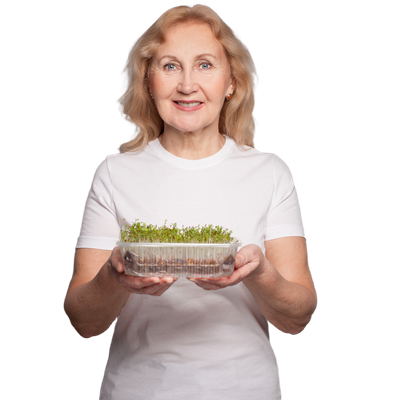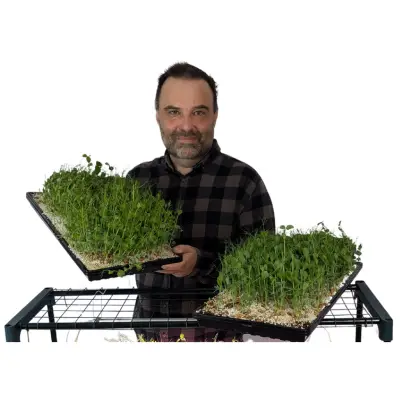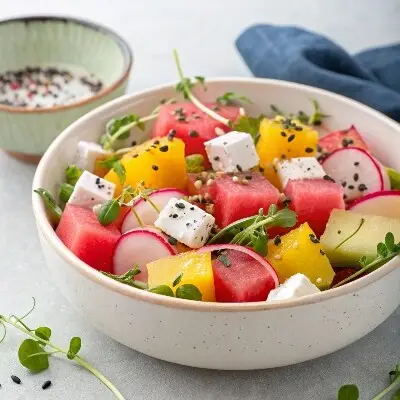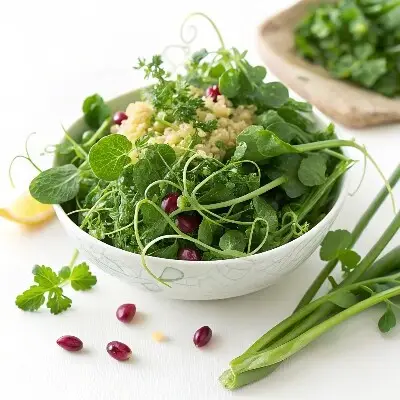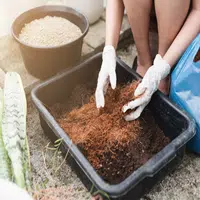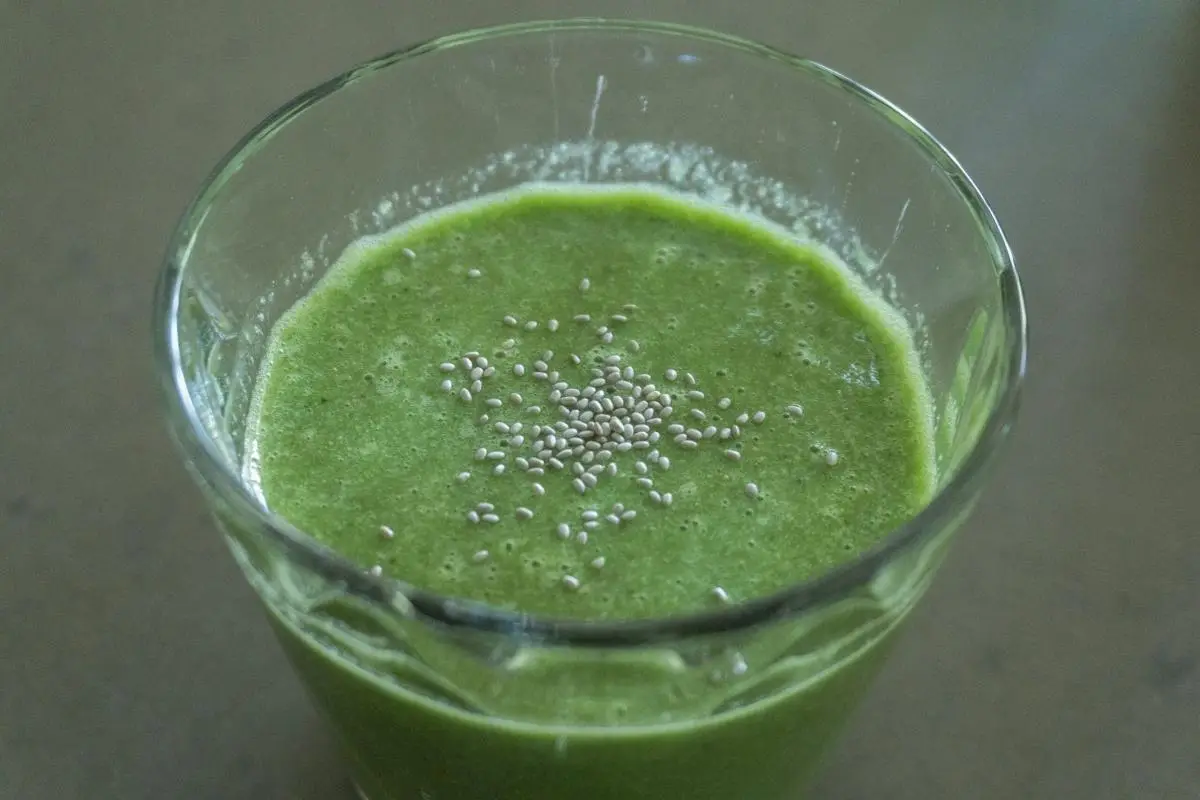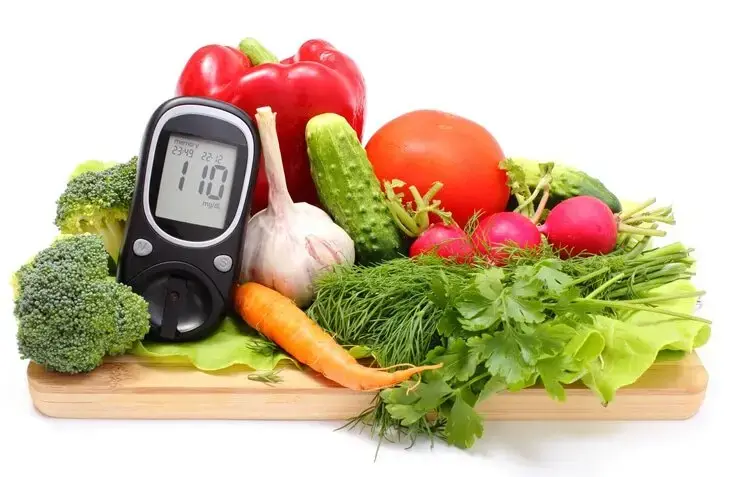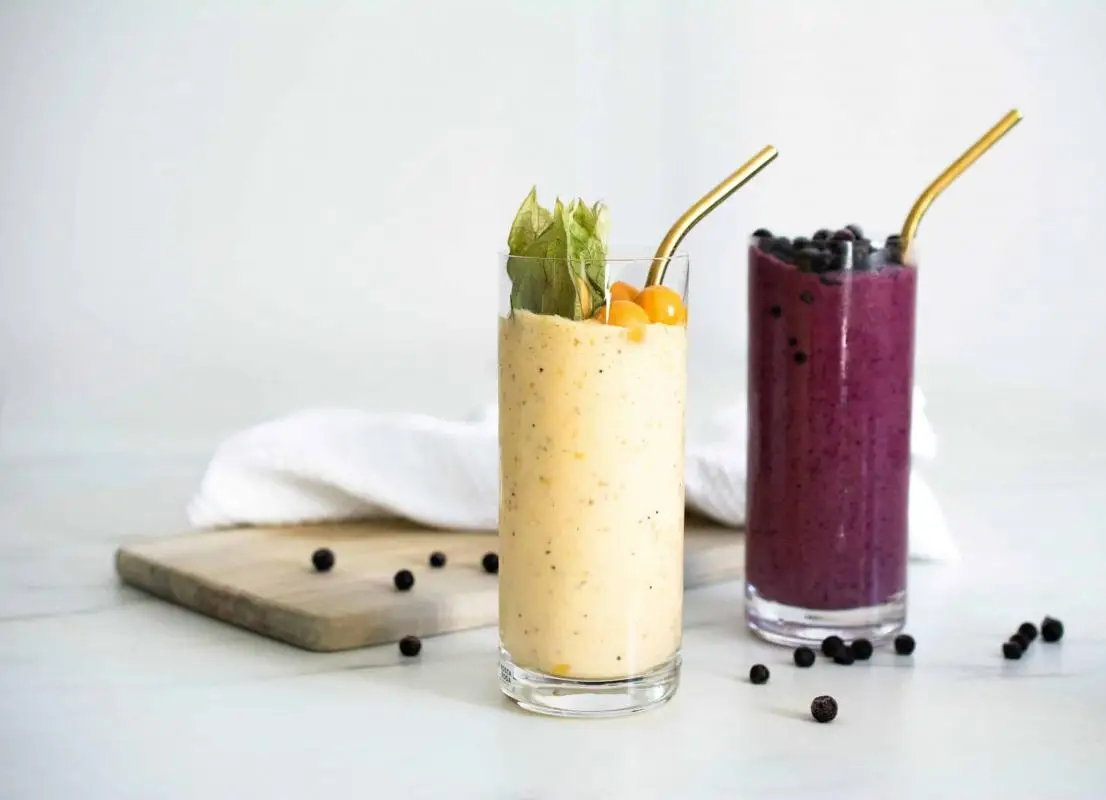Microgreens in Space!
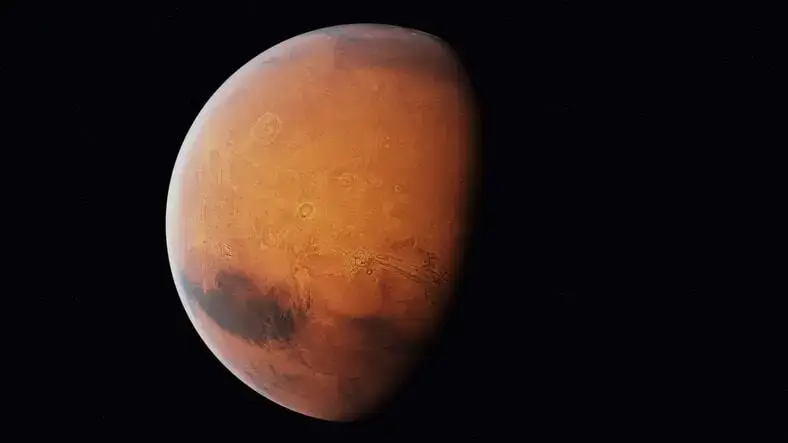
An article was published this week in the Scientific American that may be of interested to Microgreen enthusiasts! The article can be found here https://www.scientificamerican.com/article/space-farmers-of-the-future-may-grow-fungi-flies-and-microgreens1/This article covers a unique culinary experience at the Brooklyn Navy Yard where finalists of NASA and the Canadian Space Agency’s Deep Space Food Challenge presented their innovations on how astronauts might grow their own food in space. The focus of the event was the development of microbe-based proteins, particularly those derived from fungi, as well as other innovative methods like artificial photosynthesis, utilization of microbes that metabolize hydrogen, and compact bioreactors that can grow and harvest fungi in microgravity. The contest challenged teams to develop self-contained ecosystems that produce healthy and satisfying food in space, considering the necessity of this for future Mars missions and other deep-space explorations. It also highlighted the potential benefits of these space technologies in addressing Earth’s growing food insecurity and environmental challenges. As the competition moves forward, the organizers are looking at long-term safety and the appeal of these protein-rich alternatives to future astronauts.Microgreens were mentioned in the context of the projects developed by two teams participating in the Deep Space Food Challenge.The first mention is related to Interstellar Lab, a Florida-based team. They developed a system that can grow plants, mushrooms, and insects, each in their own small cube. This allows astronaut farmers to individually control each cube’s ambient conditions. The team showcased massive mushrooms, leafy greens, and black soldier fly larvae, the latter of which are collected and pulverized into a protein-rich powder. Microgreens were part of the team’s presentation, and they were offered as samples during the event.
The second team that incorporated microgreens in their project was GAIA Project Australia, which operates under the team name “Enigma of the Cosmos.” Their compact, high-tech system can produce up to 1.6 pounds of leafy greens and microgreens per day from a space of just two square meters (or approximately 21.5 square feet). This compact method of cultivation was designed to function in a limited-space environment like that of a spacecraft.


